Stealth aircraft are designed to avoid detection by radar, but how do they achieve this result?
They achieve this through a combination of low-observable design features and advanced radar-absorbing materials.
The low observable design features of a stealth aircraft include its shape and the placement of its engines, weapons, and other equipment.
Shape plays a part
The aircraft’s shape is designed to deflect radar waves away from the radar receiver, reducing the amount of reflected energy and making the aircraft less visible on radar. The placement of the engines and other equipment is also carefully considered to minimise their radar signature.
In addition to its shape, a stealth aircraft also incorporates radar-absorbing materials (RAM) into its construction. These materials, which can be applied as coatings or incorporated into the aircraft’s structure, absorb radar energy and prevent it from being reflected back to the radar receiver.
The material also plays a part
RAM often take the form of a type of coating that is applied to the surfaces of a stealth aircraft. It is designed to absorb radar energy and prevent it from being reflected back to the radar receiver, reducing the aircraft’s radar signature and making it less visible on radar.
The material typically consists of a mixture of conductive and non-conductive materials, such as carbon and iron oxide. When radar waves hit the paint, the conductive materials absorb the energy and convert it into heat, while the non-conductive materials prevent the heat from dissipating.
The effectiveness of the material depends on a number of factors, including the type and frequency of the radar being used, the angle and intensity of the radar beam, and the distance between the radar receiver and the aircraft. In general, radar absorbent material is most effective against radar operating at frequencies between 1–18 GHz, as the majority of aviation and marine radars operate over 1–18 GHz frequency bands.
Not invisible, just less visible to radar
These design features and materials make it difficult for radar to detect stealth aircraft. However, it is important to note that stealth aircraft are not completely invisible to radar. Instead, they are designed to be significantly less visible than a non-stealth aircraft of the same size and shape.
Overall, stealth aircraft are designed to avoid detection by radar through a combination of low-observable design features, advanced radar-absorbing materials, and other technologies. While they are not completely invisible, their reduced radar signature makes them difficult to detect and track, giving them a significant advantage in combat situations.


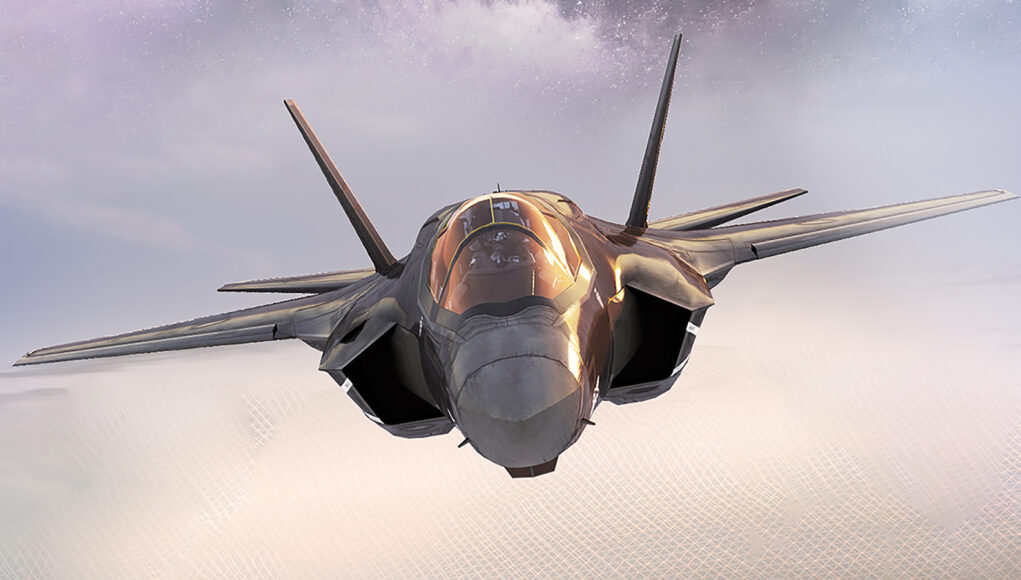
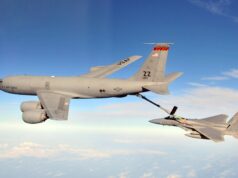
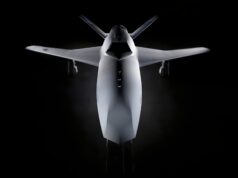

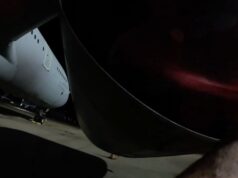
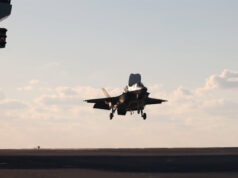
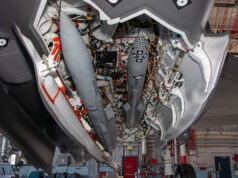

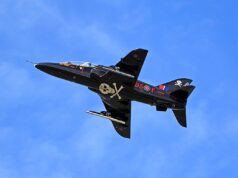



I have long maintained that wide beam radar (meter wavelength) is quite capable of detecting any stealthy craft by virtue of the lack of return signal. You flip boolean the return etc. But, a fire control radar directing SAMs or BVR etc. needs far more precise cm wane length. That is what stealth does; putin knows im there somewhere but he’s f**ked when it comes to shooting me down 🙂
Also, that is a magnificent shot of an F-35B George
Same rules apply to ships.
Angle the upper deck surfaces so that there are no 90 deg angle reflective surfaces
Avoid constructing cut outs that act as radar reflectors/ enhancers
Use RASH, RAP and RAM where needed to reduce the RCS.
Get it right and what used to be an old school Frigate/Destroyer sized radar blip is now a blip the size of a trawler. That makes a ASM radar lock on more difficult and increases the chances of a missile going for a decoy, chaff or being spoofed by jammers.
RASH= Radar absorbing sheet
RAP= Radar absorbing paint
RCS= Radar cross section
T22 and T42 where covered in RASH to reduce the RCS. It had to be removed prior to their scrapping.
Design of the structure to avoid 90 deg reflector problems can be seen on the T23 , T45 and T26 designs which are a lot smoother and cleaner.
Question regarding the T26, under the bridge wings there seems to be a lot of bracing which is visible, surely that should be covered up?
This is worth reading and helps to keep Typhoon ahead of the pack.
Survivability Through Digital Stealth
https://www.armadainternational.com/2020/08/survivability-through-digital-stealth/
The tech and principle behind the BriteCloud decoy is what will be fitted inside SPEAR EW.
Seems the coatings are developing further IRST has become more prominent and effective so there’s developments mitigate this.
https://www.thedrive.com/the-war-zone/navy-f-35c-surfaces-wearing-new-mirror-like-skin
The electronic and IR spectrums are also key to stealth. It’s not just about airframe shaping. Remaining electronically silent can you make you very difficult to detect. Being able to share secure datelink information of the battle space means you can keep your own radar effectively switched off. Being able to see the bad guys, ground based air defence sites, AEW assets, drones, other allied fast jet aircraft, even your own wingman marked in different colours and layered over a digital moving map gives you a huge tactical advantage. And because of these technological gains over the years is why there isn’t so much focus on the ability to pull 9G for eternity and hit incredible speeds. 👍
Is it true that we helped the US out with early stealth tech by giving them the RAM that we developed? I’d read that Macmillan gave the tech over.
That would be one more to add to the list then, where’s that face palm emoji.
Pleased to say it seems not, given DBs detailed response, and he know about this stuff so that is sufficient for me.
OK I’ll cross it off the list. Makes me feel marginally better 😌
Not really. If you look up the Salisbury Screen. This form of waveform cancellation was widely known about. It was used by Royal Navy MTBs and MTGs to minimize the signature against German coastal radar. It was developed by a Leftenant in the Navy who had been working on the radar project pre-war, but it wasn’t patented. It used a series of materials including quartz to reduce the radar’s waveform and scatter it. In a parallel development in the US it was patented.
The German Kreigsmarine during WW2 were the first to implement a wide band radar on their U-boats. The absorbent material was used to counter the X band radar used by Royal Navy ships and coastal commands aircraft. Wide-band is a bit wrong to use here, as it only worked over a small range of frequencies in the X band spectrum. This was countered by manually switching the radar’s magnetron frequency outside the scope of the U-boats RAM.
Fascinating, thanks.
A new thread of development in countering radar is based on 1940’s technology. This is based on waveform cancellation by splitting the wave in two halves, then delaying the phase of one by 180 degrees so that when the two waveforms mix again, they cancel out. This is how the Salisbury Screen worked. However, it couldn’t be used for radars that frequency hopped. As it needed a gap between the two reflective and absorbent surfaces which determined by the radar’s waveform wavelength. Therefore it only could be used against radars that transmitted a constant frequency.
Today, through electronic means, systems like Leonardo’s Britecloud that uses digital frequency radio memory does this over a much wider band of frequencies and more. But there is research in materials that can do this over wider frequency ranges passively. So far the materials can only cope with a relatively narrow range of frequencies. But I’m sure it will progress further.